Driving on Sal Island in Cape Verde
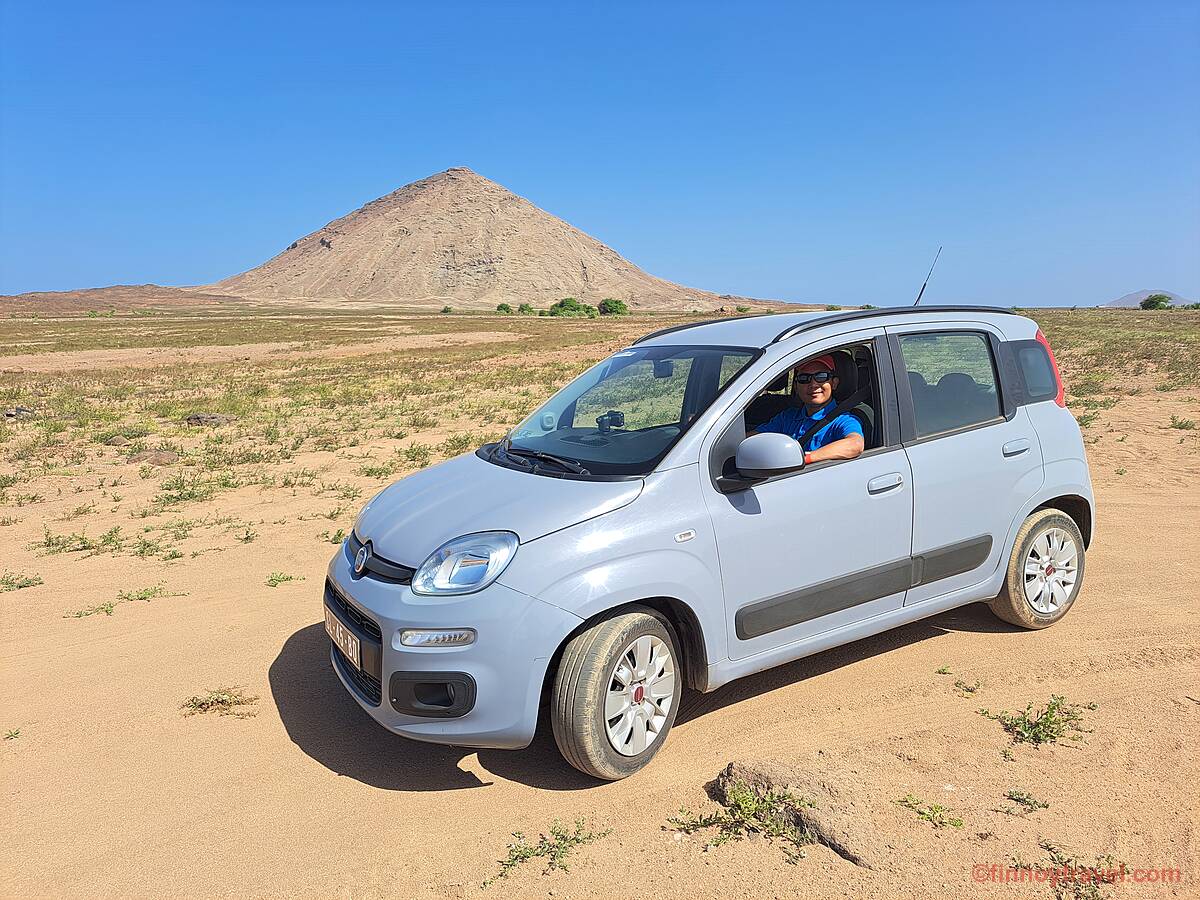
The content on this page includes affiliate links. While clicking on these links won't cost you anything extra, we may earn a modest commission from any purchases you make.
We visited Sal Island in Cape Verde in December 2022. Cape Verde is a perfect winter destination - warm climate and much sunshine and the locals are so friendly. Since Sal Island is a small and peaceful place, driving yourself is a good choice. Read from the article our driving tips in Sal.
Covered in the Article
Cape Verde
Cape Verde also known as Cabo Verde is an archipelago and island country in Africa located in the central Atlantic Ocean. Cape Verde consists of ten volcanic islands. Some of these islands are popular winter travel destinations, especially for Europeans. These include the islands of Sal, Boa Vista, Sao Vicente, and Santiago. More popular nearby holiday destinations include the Canary Islands, Madeira and the Azores. However, Cape Verde is situated much more southern, making the climate pleasant even in the coldest winter months. Temperatures rise over 25 degrees and the seawater remains warm making it suitable for swimming.
Our Trip to Sal
We visited Sal Island in Cape Verde in December 2022. We flew from Helsinki to Amílcar Cabral International Airport in Sal with a short technical stop at Gran Canary Airport. Sunclass Airlines provided us with a great holiday flight experience at a reasonable price. The flight time was almost 10 hours but the long flight time was not a big issue as we knew a sunny and warm destination was waiting for us amidst the cold Finnish winter.
Road Network in Sal
There are only four national roads on Sal Island. These roads are paved but they are not in perfect condition. They are still the best roads on the island.
In addition, there are rural and municipal roads. Only a small percentage of the roads in Cape Verde are paved so driving outside the main roads is a bumpy ride. You need to drive slowly and be alert all the time to avoid the biggest holes on the road. Having a 4x4 car (four-wheel drive) is advisable but you will survive with a regular car too as we did. However, there is a constant risk of breaking a tire so it is important to confirm the insurance coverage of your hire car.
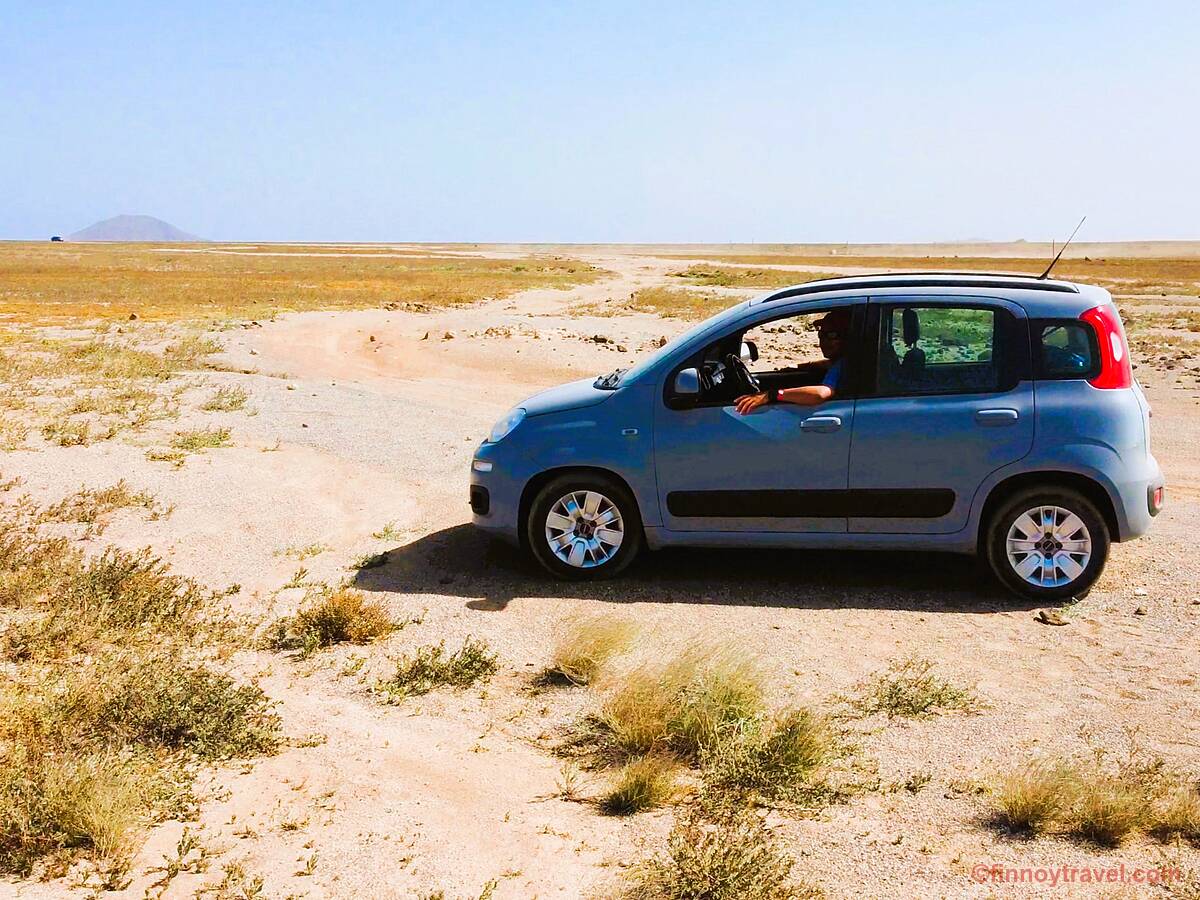
On the best roads of the island, local drivers especially taxi drivers tend to speed because it is impossible to drive fast on rural roads. We advise you to be extra cautious while driving on the island and still follow speed limits even though other drivers may be overtaking you. It is never a good travel memory to get fined in a foreign country.
Majority of the hotels in Sal are located in Santa Maria in the south. There is a good highway from south to north.
Traffic Safety
According to our experiences, driving in Sal feels safe. There is only a little traffic. Traffic lights are almost non-existent. National roads are in good condition while rural roads are unpaved and rocky so you can't drive fast.
There are only a few intersections but quite many roundabouts. Because the traffic is peaceful and visibility is good during the daytime, driving through the intersections is simple. We didn't drive at night time but we can imagine how challenging it will be when there are no street lights.
Sal Island is moderately flat and therefore typical mountain roads are non-existent.
Traffic accident statistics in Cape Verde show that the death rate is 25 / 100 000 inhabitants which is a high number. We guess that most accidents happen outside Sal Island where there is more traffic.
Traffic Rules
Driving License
Foreign driving licenses with English text are accepted in Cape Verde for short-duration travellers. Others may need an international license together with a national one. We advise contacting the car hire company if you are unsure of your driving license's validity.
Basic Rules
In Cape Verde, you drive on the right and pass from the left. You have to give way for cars coming from the right. Cars inside the roundabout have priority.
The basic driving rules are just like in continental Europe. However, local drivers may be driving in quite a relaxed way so we recommend being extra cautious. Because the traffic in Sal Island is generally peaceful, it is easy to get accustomed to the local traffic.
Alcohol Limit
The alcohol limit in Cape Verde is 0.08 g/ml. In practice, you are barely allowed to drink any alcohol before driving.
Speed Limits
In urban areas, the speed limit is 50 km/h. On highways, the limit is 80 km/h. On unpaved roads, you can't even drive fast because the roads have so many holes. The speed limit may also be set with a traffic sign.
Cape Verde uses km/h unit.
Traffic Signs
According to our driving experiences in Cape Verde, there are not many traffic signs on Sal Island. The few signs that we saw were easy to understand. If you know traffic signs well in your home country, you won't have problems understanding the signs in Cape Verde even though they may be slightly different.
Our Driving Experiences in Cape Verde
Hiring a Car
Usually, we compare car hire prices on Discover Cars. Because Sal Island is small, Discover Cars didn't find any car hire companies there. Luckily, our hotel was cooperating with Global Africa Rent Car so hiring a car was easy.
We decided to hire a Fiat Panda. The price was 46 euros / 24 hours which is less than the average car hire price in Cape Verde. The company brought the car to our hotel in the morning at an agreed time and picked it back up the next morning.
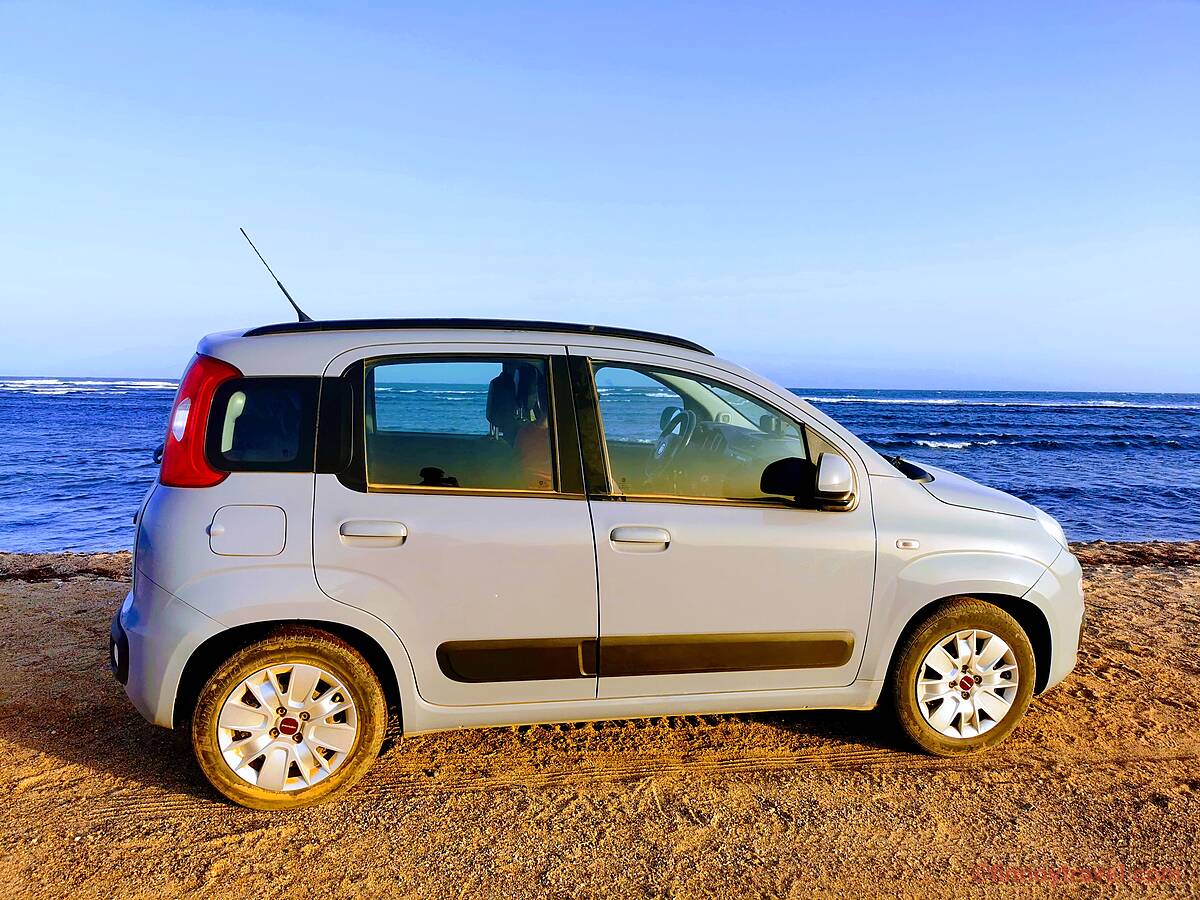
Surprisingly, the car company accepted only cash payments. Even the deposit has to be paid in cash. The cash requirement created a major problem: Our credit card's car hire insurance was not valid as we were not able to pay with it. We still decided to take the risk and hired the car without the additional insurance which is our first time doing so. The excess of the hire car was only 200 euros which is much less than the typical excess while renting cars abroad.
The car hire company accepts payments both in euros and escudos. The excess deposit payment was returned to us also in cash when we returned the car in the same condition as it was.
Navigating
We used Google Maps to navigate in Sal. Google knew the roads quite well but it didn't tell anything about the quality of the roads. Many rural roads were just paths through the desert. If we would have known this earlier, we would have hired a bigger car.
Sometimes, Google Maps proposed impossible turns. The information is not totally accurate but good enough.
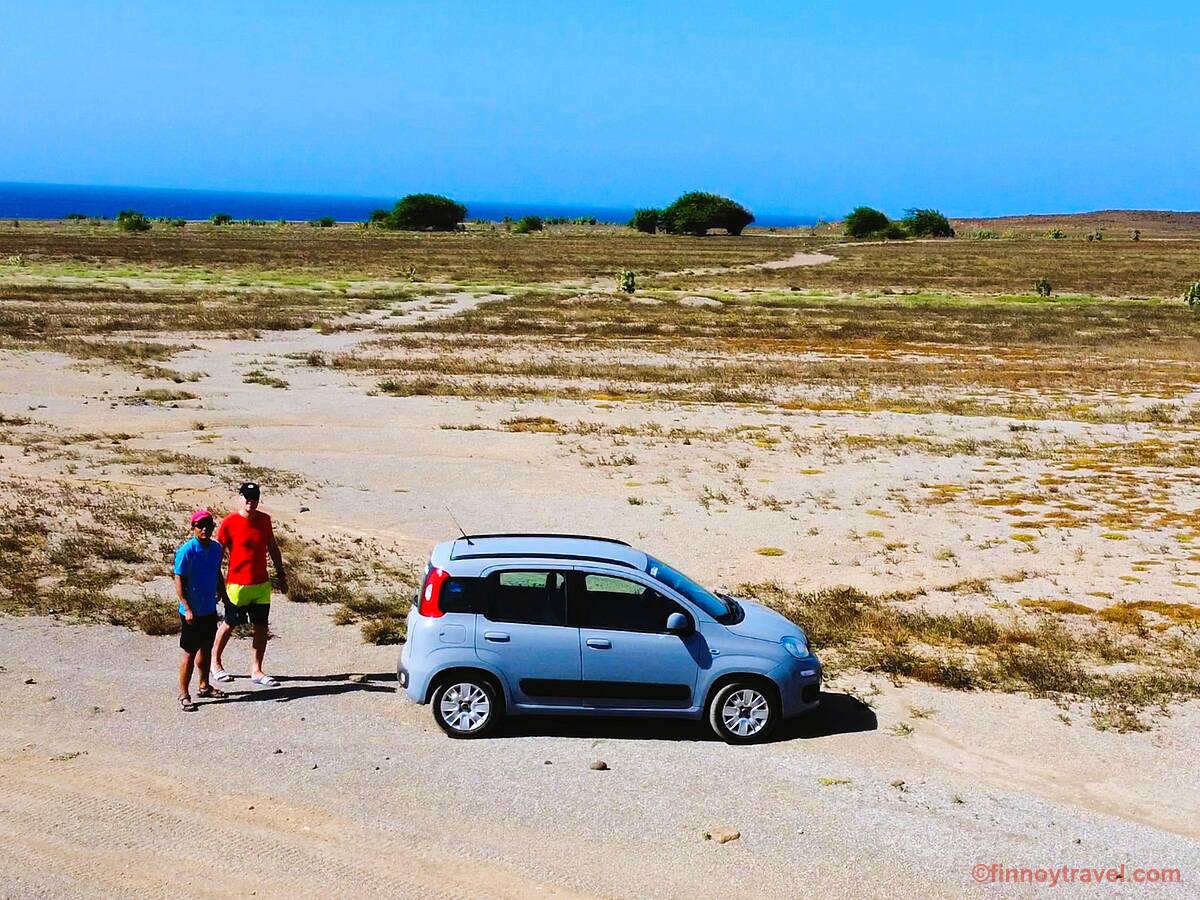
Parking
Parking is not a problem in Sal. Our hotel had many free parking places. At popular sights, there were always free parking places. Even in towns, it was simple to find a place to park the car.
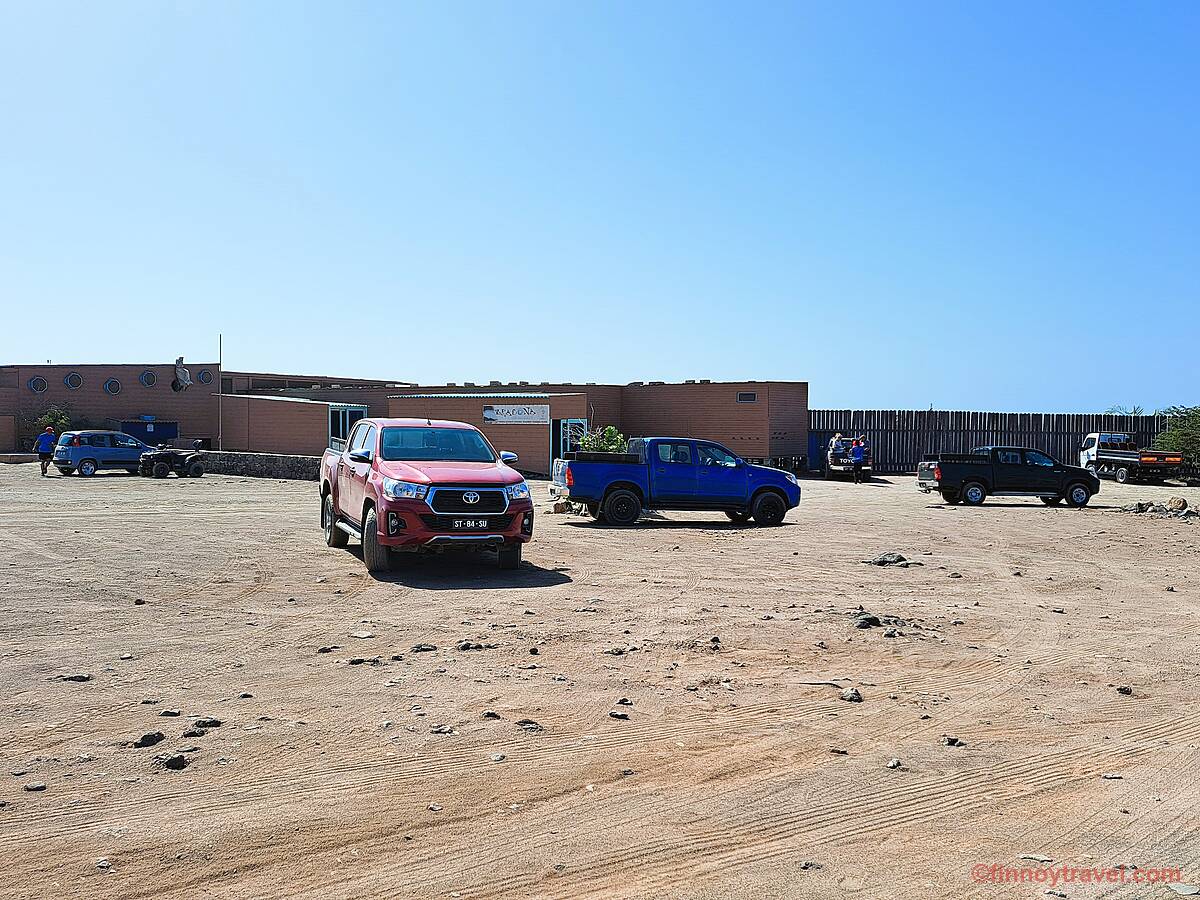
One basic security matter to remember while leaving your car to the parking area regardless of where the location is: Remember to lock the doors of the car and do not leave any valuables inside.
Refueling
You need to refuel the hire car before returning it. It is important to understand the fuel policy to be able to fill the right amount of fuel.
There are petrol stations near highways. They are manned so you just tell the staff how much fuel you want. Be prepared to pay right away in cash.
Remember to tip the staff.
Driving Culture
Traffic on Sal Island is peaceful. The majority of local drivers follow the rules well but some of them are overspeeding. When there are two lanes, local drivers tend to drive in the middle of the road and not stay in their lane, perhaps one reason is to avoid the holes in the road. In roundabouts, you must be extra careful. Especially taxis caught our attention for having often high speeds while driving through intersections and roundabouts. And always maintain an adequate safe distance from other cars, especially in congested areas.
Where to Drive on Sal Island?
We stayed at Murdeira Village Resort. We hired a car only for one day which was enough to see many attractions.
Palmeira Village
Palmeira is an idyllic village of fishermen on the northwest coast of the Island. There you can have a relaxing stroll on the street while admiring the colourful Capeverdean houses. Why not buy souvenirs from an outdoor market or enjoy a cup of coffee?
The road from Murdeira to Palmeira is in good condition.
Blue Eye Cave
Blue Eye Cave is located on the northwest coast of Sal. There is a large opening to a cave where you can see the Blue Eye when the sun is shining at the right angle. Divers can swim in the sea if the weather is calm enough. During our visit, the waves were so high that no one could swim. We replaced swimming with lunch at the nice restaurant at the Blue Eye Cave called Restaurante Cultural Cafe Buracona.

Road from Palmeira to Blue Eye Cave is not paved.
Blue Eye Cave is not a safe destination for children as it is missing fences.
Salt Mines of Pedra de Lume
The village of Pedra de Lume has famous salt evaporation ponds. The salt mines are situated in the crater of an extinct volcano. It costs 5 euros to swim in the lake which is naturally filled with seawater. The water is so salty (the second saltiest lake in the world) that you can just float without any effort to remain floating. In addition, you can take a mud bath there.
The route from Blue Eye Cave to Salinas de Pedra de Lume includes unpaved and paved roads. At the entrance of Salt Mines/Salt Lake, there are many free parking places.
Shark Bay
Shark Bay on the eastern side of Sal Island is a place to see baby sharks. The route goes through rural areas and its unpaved road has many holes. Extreme careful driving is necessary.
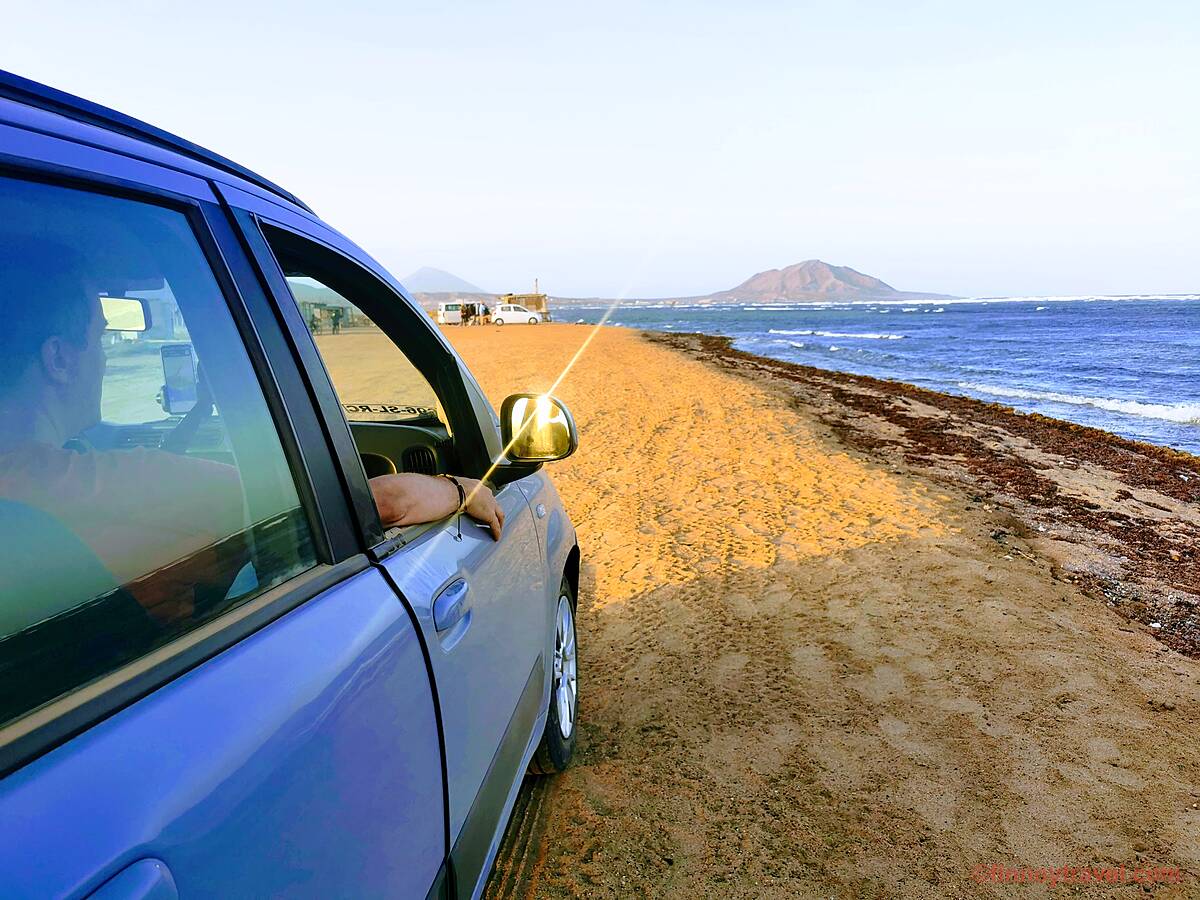
At the bay, local guides will help you find the baby sharks. Don't step into the water without water shoes as many sea urchins can injure you easily. There are locals at the bay renting them if you haven't one.
Common Questions
- What kind of driver's license do I need at Cape Verde?
- Any English-written license should be enough or an international license together with a local license works too.
- Is it challenging to drive in Cape Verde?
- According to our driving experiences on Sal Island, it is not difficult.
- Are roads paved in Cape Verde?
- Less than 50 per cent of the roads are paved.
- What kind of car should I hire in Cape Verde?
- We recommend hiring an off-road vehicle, quad, enduro motorcycle or 4X4 car since not all roads are in good condition.
- Is there public transport on Sal Island?
- There is no good public transport network. If you do not want to drive yourself, you can buy tours from GetYourGuide. These tours usually include back-and-forth transport to your hotel.
- Where to hire a car in Cape Verde?
- The easiest starting point is to ask for assistance at your hotel's reception.
- Is it expensive to hire a car in Cape Verde?
- The rental fee for hire cars in Sal Island, Cape Verde ranges from 46€-70€ / 24h depending on the car type.
Bottom Line
Cape Verde's Sal Island is a safe holiday destination. The island's climate is pleasant and there is a lot of sunshine. Sal does not have a good public transportation network so attending tours or hiring a car are the only viable choices to explore the island. Fortunately, the locals are known for their friendliness to tourists.
Because the traffic is peaceful, driving in Sal is moderately simple. Exploring the island's famous sight-seeings can be seen in 1-2 days with a hire car. Hire cars in Cape Verde are reasonably priced and the best thing, they give you freedom. To reach your destinations faster and for a more adventurous and comfortable ride, we recommend hiring a 4x4 car.
Have you driven in Cape Verde? Comment below with your best tip.




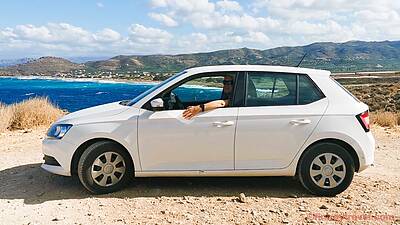
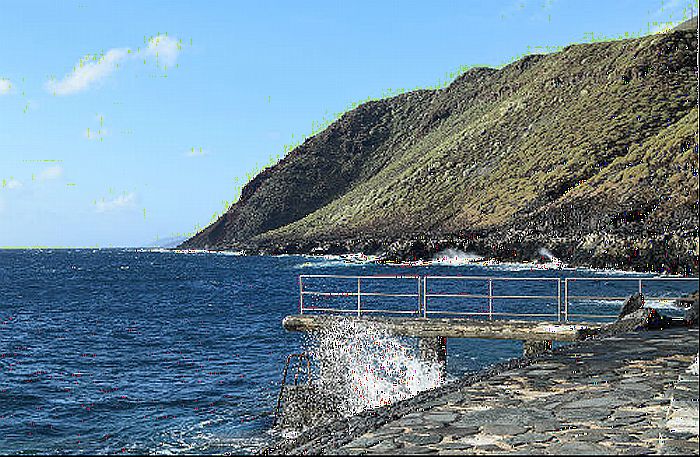
Add Comment
Comments